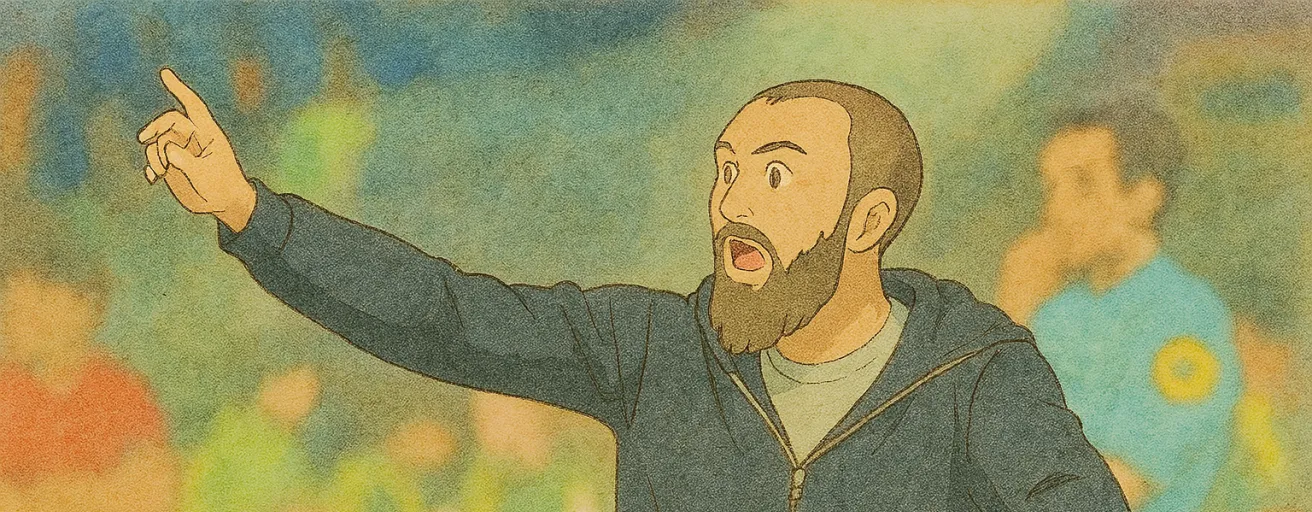
Didier Digard
Digard’s relentless high press can unnerve even OM’s midfield—expect intensity, but our depth and tempo should keep Le Havre chasing shadows.
Didier Digard stands as a rising figure in French coaching circles, his recent profile shaped by years as a combative midfielder and an emerging touchline tactician. Currently at the helm of Le Havre AC—a side that Olympique de Marseille (OM) typically expects to dominate—Digard has nonetheless managed to extract strong performances from limited resources.
His stint at Nice in 2023 revealed both a penchant for aggressive pressing football and an ability to spark a team suffering instability. The fact that Nice went on an extended unbeaten run under his interim leadership should not be overlooked, even if the structural limitations of his squad eventually resurfaced.
Tactical Identity and Approach
- Favors high-intensity attacking schemes
- Usually employs a 4-3-3 formation but displays flexibility with occasional shifts to 4-2-3-1 or three-at-the-back setups
- Emphasizes quick transitions and sustained high pressing to increase opposition error rates
- Prioritizes wide play, highlighted by Ligue 1-leading crossing statistics at Nice
For OM, encounters against Digard’s sides are rarely comfortable, particularly when game management or composure is lacking.
Strengths and Achievements
- Extracts strong performances from squads with limited resources
- Motivates teams in adversity, exemplified by Le Havre’s last-gasp Ligue 1 survival through Abdoulaye Touré’s dramatic 99th-minute penalty
- Known for work ethic, emotional investment, and adept man-management
Limitations and Challenges
- Resume remains lean on sustained top-level success
- System’s dependency on emotional drive and width can be exploited
- OM’s technical superiority through central overloads and transitional play has exposed structural limitations in heavy losses
Strategic Variability
- Willingness to adapt, including switching to a 3-5-2 to frustrate stronger adversaries
- Ability to extract focused performances from squads with confidence issues, rooted in an eye for emotional dynamics and player development
Implications for Olympique de Marseille
- Encounters with Digard’s Le Havre are less about fearing an upstart and more about managing complacency
- His teams are capable of disrupting rhythm and capitalizing on inattentiveness
- Resource gap, evolving squad, and tactical naiveties mean OM retains a strategic and individual quality edge
There is something to admire about Digard’s direct engagement and energetic approach—attributes OM have long sought in bridging the gap against global competition. These aspects prompt curiosity about what such dynamism might produce at a club with OM’s infrastructure and expectations.
Conclusion
- Didier Digard and his project at Le Havre represent a tactical puzzle but not a paradigm shift for OM
- The blueprint for success against his teams remains clear:
- Control the midfield to negate their pressure
- Exploit their aggressive fullbacks
- Maintain mental focus to stifle their emotional surges
- Digard has tools and potential, and OM should use these encounters to sharpen their approach
- His underdog dynamism should remain an irritant rather than an existential threat